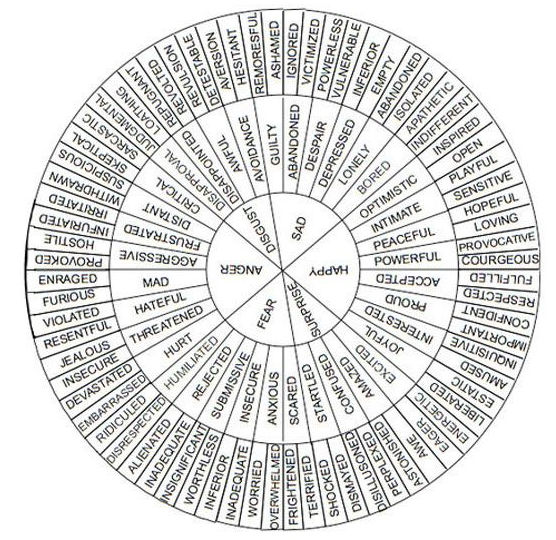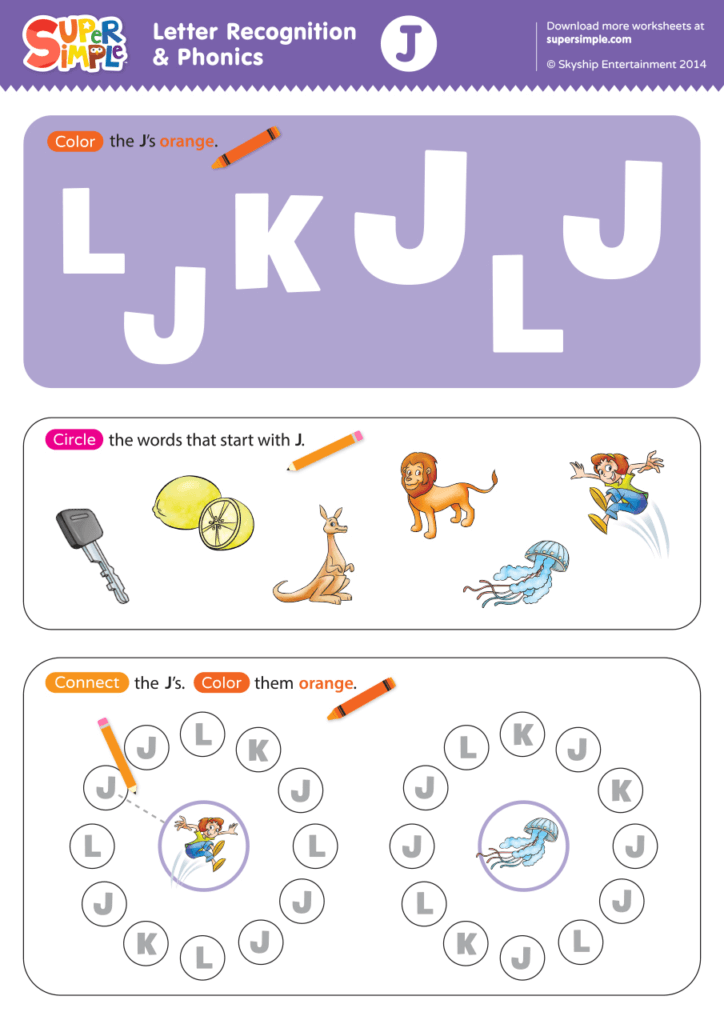

The final cohort rated their emotional responses on a scale of 1 to 9 to each of a dozen videos based on such dichotomies as positive versus negative, excitement versus calmness, and dominance versus submissiveness. Here, the experimenters found that participants converged on similar responses, with more than half of the viewers reporting the same category of emotion for each video. The 27 emotions: admiration, adoration, aesthetic appreciation, amusement, anger, anxiety, awe, awkwardness, boredom, calmness, confusion, craving, disgust, empathic pain, entrancement, excitement, fear, horror, interest, joy, nostalgia, relief, romance, sadness, satisfaction, sexual desire, surprise The second group ranked each video according to how strongly it made them feel admiration, adoration, aesthetic appreciation, amusement, anger, anxiety, awe, awkwardness, boredom, calmness, confusion, contempt, craving, disappointment, disgust, empathic pain, entrancement, envy, excitement, fear, guilt, horror, interest, joy, nostalgia, pride, relief, romance, sadness, satisfaction, sexual desire, surprise, sympathy and triumph. “Their responses reflected a rich and nuanced array of emotional states, ranging from nostalgia to feeling ‘grossed out,’” Cowen said. The first group freely reported their emotional responses to each of 30 video clips. Three separate groups of study participants watched sequences of videos, and, after viewing each clip, completed a reporting task. Themes from the 2,185 video clips - collected from various online sources for the study - included births and babies, weddings and proposals, death and suffering, spiders and snakes, physical pratfalls and risky stunts, sexual acts, natural disasters, wondrous nature and awkward handshakes. “Our hope is that our findings will help other scientists and engineers more precisely capture the emotional states that underlie moods, brain activity and expressive signals, leading to improved psychiatric treatments, an understanding of the brain basis of emotion and technology responsive to our emotional needs,” he added.įor the study, a demographically diverse group of 853 men and women went online to view a random sampling of silent 5- to-10-second videos intended to evoke a broad range of emotions. “Emotional experiences are so much richer and more nuanced than previously thought.”

“We don’t get finite clusters of emotions in the map because everything is interconnected,” said study lead author Alan Cowen, a doctoral student in neuroscience at UC Berkeley. Moreover, in contrast to the notion that each emotional state is an island, the study found that “there are smooth gradients of emotion between, say, awe and peacefulness, horror and sadness, and amusement and adoration,” Keltner said. “We found that 27 distinct dimensions, not six, were necessary to account for the way hundreds of people reliably reported feeling in response to each video,” said study senior author Dacher Keltner, a UC Berkeley psychology professor and expert on the science of emotions.

Their findings are published this week in the early edition of the Proceedings of the National Academy of Sciences journal. Using novel statistical models to analyze the responses of more than 800 men and women to over 2,000 emotionally evocative video clips, UC Berkeley researchers identified 27 distinct categories of emotion and created a multidimensional, interactive map to show how they’re connected. To view hundreds of video clips, click on image above to get to the interactive map and move cursor over the map’s colored letters.


 0 kommentar(er)
0 kommentar(er)
